Emotions can hit hard during recovery. Some come out of nowhere. Others build up until they spill over. Either way, they can be tough to manage. That’s where visual journaling in addiction recovery comes in. It gives you a way to express what you’re feeling without needing the right words. You don’t have to be good at art. You just need a safe way to work through anger, stress, or sadness. Drawing or using color helps you slow down and look at what’s really going on. Many people in drug and alcohol rehab in West Virginia use this method to track their emotional patterns. It can help you spot triggers and feel more in control. If talking doesn’t always help, try putting it on paper. Sometimes pictures say more than words.
Understanding Emotional Triggers in Recovery
Emotional triggers can sneak up on you. A small thing might feel huge. That’s normal during recovery. Your brain and body are still adjusting. Triggers aren’t always big life events—they can be people, places, or even smells. These reactions can lead to relapse if you don’t find a way to manage them. Visual journaling in addiction recovery gives you a place to work through feelings without needing to talk. It helps you slow down before a trigger takes over.
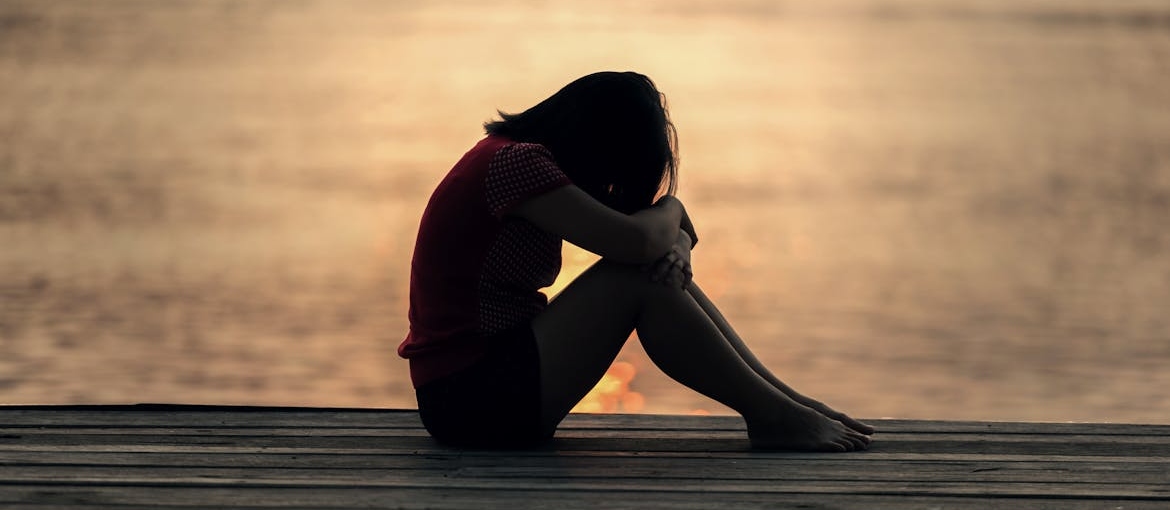
If you’re dealing with work-related stress, you’re not alone. Many professionals struggle with burnout and addiction. Using art therapy to cope with burnout and addiction in professionals is one way to release pressure safely. The benefits of art journaling in substance abuse treatment include more awareness and less shame. You learn to face emotions instead of pushing them away.
What Makes Visual Journaling Different
You might wonder how drawing or painting helps. It’s not about making art. It’s about expression. Some people struggle to describe how they feel. Visual journaling in addiction recovery lets you say things without using words. It can be easier and more honest. That’s why it works well in dual diagnosis treatment in West Virginia, where people often deal with both mental health issues and addiction. The creative process helps slow down racing thoughts. It gives you space to process before reacting. Here are some ways in which visual journaling in addiction recovery can help:
- Lets you track emotions without writing long entries
- Helps express trauma or stress visually, not verbally
- Makes therapy sessions easier to open up in
- Shows patterns and warning signs over time
- Feels more creative than daily logs or checklists
- Can be used anytime—no need to wait for therapy
How to Start a Visual Journal in Recovery
You don’t need fancy tools or skills to start. Just grab a notebook and something to draw with. That’s it. Keep it simple and private at first. Make it a habit, like brushing your teeth. This can be a helpful step if you’re at a rehab center for young adults, where emotional overwhelm is common. Drawing out feelings can keep you from acting on impulse. It gives your mind something safe to do. How visual journaling supports addiction recovery is through this sense of control. You don’t need to explain your drawings, here are some ways you can start:
- Set aside 10 minutes a day in a quiet spot
- Use pens, pencils, or even crayons—whatever feels right
- Pick a theme like stress, craving, or hope
- Let yourself draw without editing or judging
- Look back later to see what stands out
- Keep it private or share with a therapist when ready
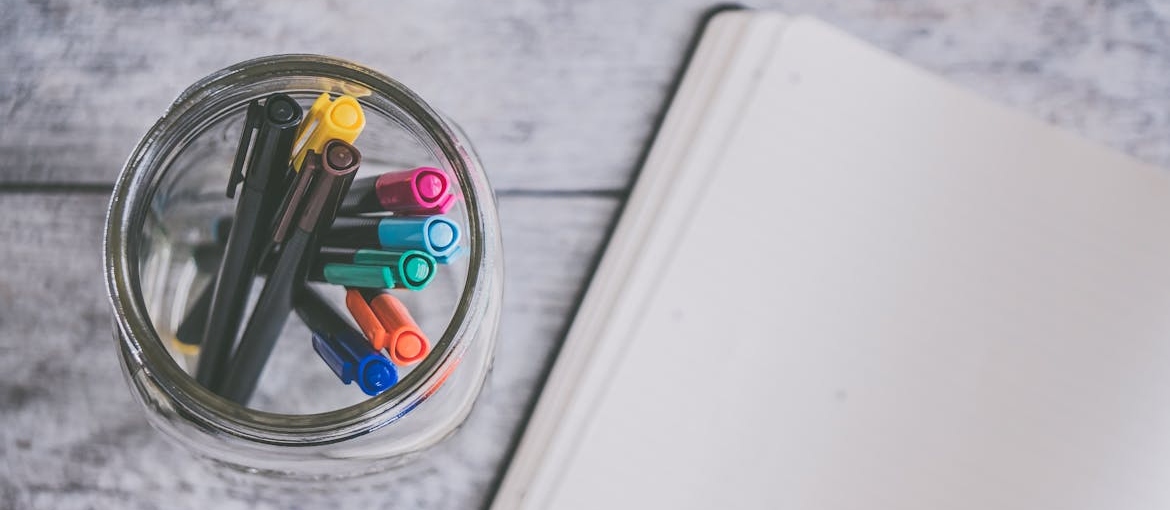
Types of Visual Journaling Techniques That Help
There’s no right or wrong way to use this tool. You just need something that helps you process emotions without words. If you’re asking what are effective visual journaling techniques for those in recovery, these three methods are a good place to start. They’re easy to try and don’t require art skills. Each one helps in a different way, and all of them support visual journaling in addiction recovery.
Drawing Emotions as Shapes or Colors
If words feel too heavy, colors and shapes can do the talking. You don’t have to draw a person or scene. Just focus on how you feel. Is the emotion sharp, heavy, dark, fast? Try showing that through lines, shapes, or colors. This works well when you’re overwhelmed and need a quick way to release pressure. In many art therapy rehabilitation programs, this is one of the first things clients try.
It helps turn vague emotions into something you can see. Once you look at it, you might understand more about what’s going on. Over time, you can flip through your journal and notice patterns. Maybe your stress always looks red and jagged. That’s useful information. You don’t have to explain your drawing. Just draw it, then move on. It’s your tool, not a test.
Creating Recovery Timelines with Illustrations
A lot happens in recovery. It’s easy to forget progress or feel stuck. One helpful way to stay grounded is to make a visual timeline. Start with the day you entered treatment. Then add drawings, doodles, or icons for big emotional events, major wins, or difficult moments. These don’t need to be realistic or neat. A swirl could mean a panic attack. A star might mark a good day.
Use whatever symbols make sense to you. This technique helps you track your journey in a way that feels less clinical than writing. It also lets you look back and see how far you’ve come. When a bad day makes you question everything, your timeline can remind you of what you’ve made it through. You’re not just surviving—you’re growing, even when it doesn’t feel like it.
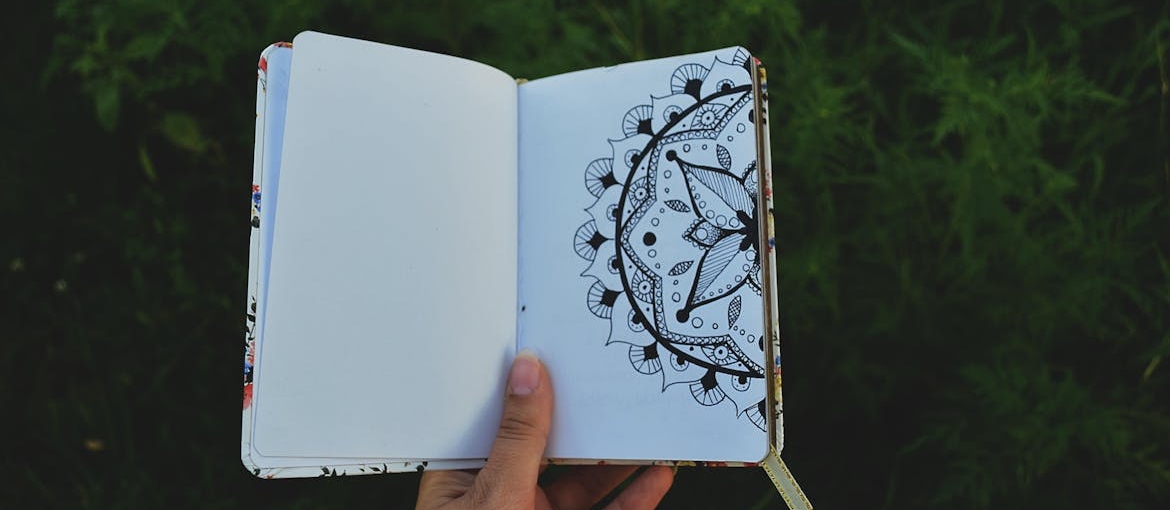
Using Mixed Media to Represent Mood Shifts
Some feelings are hard to draw with just one tool. That’s when mixed media can help. Use markers, magazine cutouts, fabric, stickers, or even found objects. Layer them. Tear them. Glue things down in a messy way. This method gives you more freedom to show what your mind feels like. If you’re at a rehab in New Lexington OH, you might have access to basic supplies already. Ask your counselor if you can add this to your sessions.
Mixed media is great when your mood shifts fast and feels hard to track. The page can hold the chaos so you don’t have to. It also helps connect physical movement with mental release. That’s powerful during recovery. Visual journaling in addiction recovery doesn’t have to look the same every day. Some days are quiet. Some days are loud. Let your page match that.
Connecting Visual Journaling with Therapy
Art journaling in addiction treatment isn’t just something you do alone in your room. You can bring those pages into therapy and turn them into a deeper conversation. When your drawings come into the treatment space, they can say things you haven’t been able to explain yet. Below are three ways to combine creative journaling in recovery with the support you’re already getting from therapy or group work.
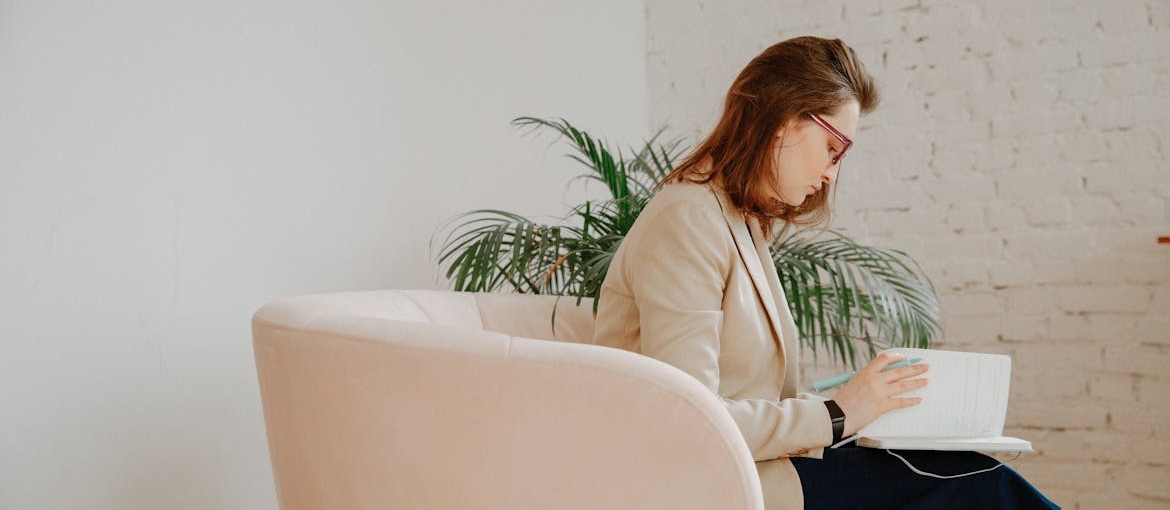
Sharing Pages with a Counselor
If you’re in a residential treatment center in West Virginia, therapy might be part of your daily routine. Talking is helpful, but sometimes the words just don’t come. That’s where art journaling can help. When you bring in a page you made during a hard moment, it gives your counselor something real to work with. They can help you unpack the images and connect them to your triggers, feelings, or cravings.
You don’t need to explain every color or symbol. What matters is what it felt like when you made it. Over time, these sessions can help you track progress or spot warning signs. This isn’t about doing it “right.” It’s about making space for expression. If words aren’t enough some days, let your journal speak for you.
Using Journal Prompts from Support Groups
Some people freeze when they sit down with a blank page. That’s normal. If you’re going to meetings or support groups, try using prompts from others in recovery. You don’t need to draw something big or meaningful each time. These small ideas can spark something helpful:
- “Draw what stress feels like in your body.”
- “Show your craving as a color or a shape.”
- “Make a page about what a good day looks like.”
- “Use colors to show how your mood changed this week.”
- “Sketch your safe space or calming routine.”
- “Draw what freedom from addiction might look like.”
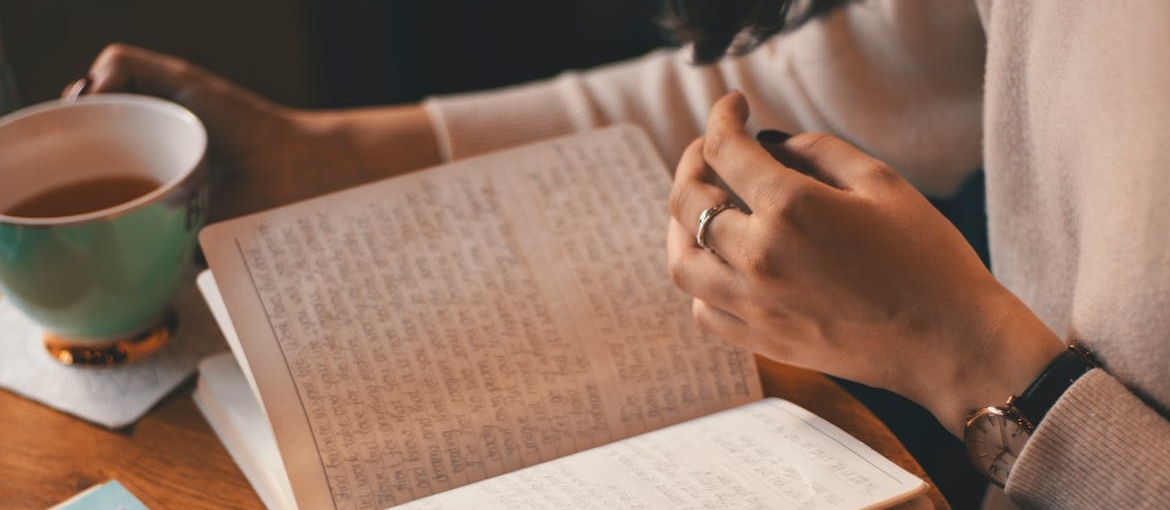
Combining Visuals with CBT or DBT Worksheets
If you’re doing CBT or DBT, you already track thoughts, triggers, or reactions. But sometimes that gets boring or feels too clinical. Adding visuals can make these exercises feel more real. A drawing next to a worksheet can bring your thoughts to life in a way words can’t. Try using shapes or colors to show your emotional shifts. Use symbols to track the same triggers over time.
Some therapists use art and music therapy to bring a deeper layer into these sessions. It’s not about the finished product. It’s about giving your brain a chance to process things in more than one way. If you’re tired of filling out worksheets with just a pen, add something more. Therapeutic journaling for substance abuse works best when it feels personal—not like homework.
Tips for Making the Practice Stick
You don’t need to do it perfectly. You just need to do it often enough that it feels normal. If you’re using visual journaling in addiction recovery, the goal is to make it part of your daily rhythm—not a special project you only try when you’re overwhelmed. You don’t need hours or fancy supplies. You just need a space where you feel safe being real. Try these tips to keep it going:
- Keep your journal in a place where you’ll see it
- Set a 5-minute timer if you feel stuck or tired
- Use one page per day to track your emotions
- Don’t erase or judge your drawings—just leave them as they are
- Make it part of your wind-down routine at night
- Share a page in therapy to keep yourself accountable
- Use prompts when you don’t know where to start
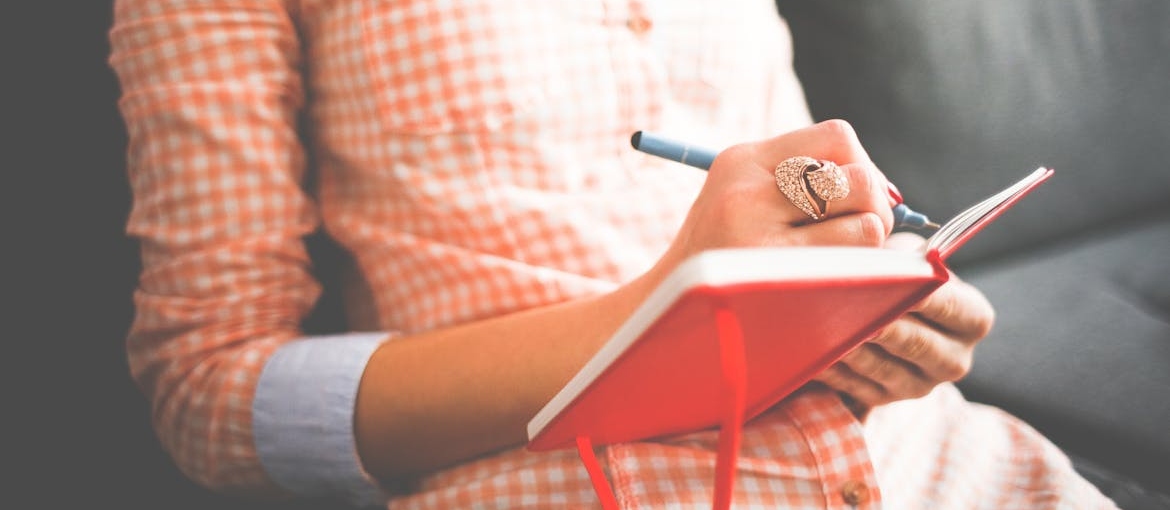
When and How to Use Journaling to Manage Triggers
Some triggers of addiction hit fast. Others build slowly. Either way, having a visual journaling routine ready can help you stay in control. Drawing your emotions before they take over gives you a way to respond instead of react. If you’ve ever asked, can art journaling help manage cravings and triggers in addiction treatment, the answer is yes. It creates space between what you feel and what you do next. Here’s when to use it and how to make it work:
- Right after a stressful event, draw what your body feels
- Before therapy, sketch out your current mood or tension
- During a craving, use shapes or colors to calm yourself
- After conflict, process it through a page instead of holding it in
- Track repeating triggers by making a visual log
- Use it at the end of the day to reflect and reset
Let Visual Journaling Support Your Recovery
You don’t need to be an artist to try this. You just need a pen, paper, and honesty. Visual journaling in addiction recovery isn’t about making something pretty. It’s about staying grounded when things feel heavy. It gives your feelings a place to go so they don’t build up inside. Some people draw when they feel angry. Others scribble when they feel lost. Over time, you might notice patterns that help you avoid triggers. You might even find new ways to cope. This practice doesn’t fix everything, but it gives you a tool you can use every day. Keep it simple. Use it when you need it. And if you’re in treatment, talk to your therapist about it. They might help you use it in ways that make a real difference.



